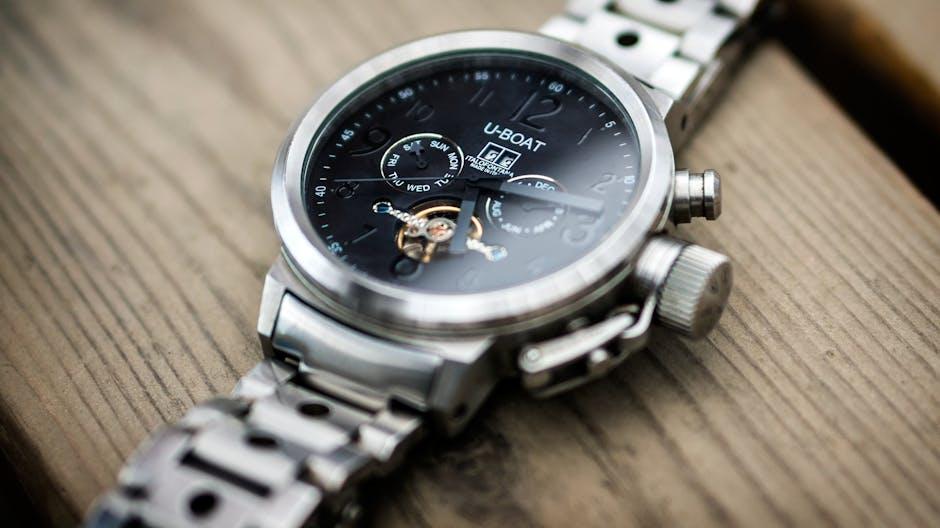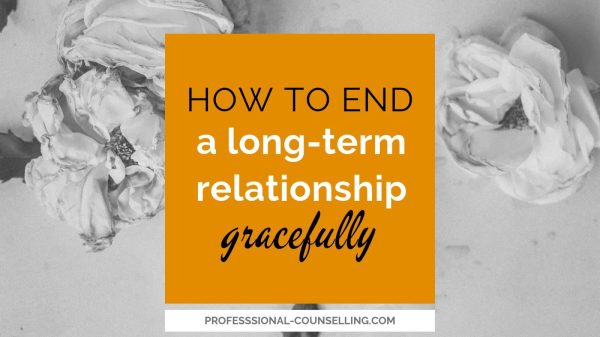In the world of modern dating, the search for love often feels like navigating a labyrinth filled with both promising pathways and cautionary dead ends. As you step into this intricate maze, each encounter brings its own set of signals—some inviting, others alarming. Among these, the infamous “red flag” stands as a stark warning, a symbol of potential trouble ahead. But what happens when you’ve just begun to explore a new connection and a red flag appears on the horizon? Should you retreat immediately, or is there merit in seeking a second date to better understand the landscape? In this article, we delve into the delicate dance of decision-making that follows the sighting of a red flag, weighing the risks and rewards of giving romance another chance. Join us as we unravel this complex question, offering insights that may guide your journey through the unpredictable terrain of dating.
Recognizing Red Flags Early in Dating
In the early stages of dating, it’s crucial to be mindful of any red flags that may arise. These indicators, though sometimes subtle, can provide valuable insights into a person’s character and compatibility. When you encounter such signals, it’s important to weigh them carefully before deciding whether to proceed to a second date. Here are some common red flags to watch for:
- Inconsistent Communication: If they often go silent or are vague in their responses, it may indicate a lack of interest or respect.
- Disrespectful Behavior: Notice how they treat waitstaff or talk about others. Disrespect in small situations can be telling of their overall demeanor.
- Excessive Negativity: Constantly complaining or being overly critical might suggest a negative outlook that could affect your relationship.
- Too Much, Too Soon: If they push for rapid progression, it might be a sign of unhealthy expectations or a lack of boundaries.
Evaluating these red flags requires introspection and honesty. Consider if the red flag is a non-negotiable issue for you or if it might be a one-off that deserves further exploration. Ultimately, deciding on a second date after spotting a red flag depends on your comfort level and what you seek in a partner.

Balancing Concerns with Curiosity
When it comes to dating, the line between curiosity and caution can often feel blurred. Spotting a red flag doesn’t necessarily have to spell the end of potential romance. In fact, it could be an opportunity to delve deeper and understand the context behind what you observed. can provide clarity. Here are some considerations:
- Understanding Context: Sometimes, what appears to be a red flag might just be a misunderstanding or a situation taken out of context. It’s essential to ask questions and seek explanations before making hasty judgments.
- Trust Your Instincts: While curiosity can lead to deeper understanding, it’s crucial to listen to your gut feelings. If something feels genuinely off, it might be worth exploring further or reconsidering the next steps.
- Communicate Openly: An open dialogue about your concerns can help you gauge the other person’s response and sincerity. A genuine and understanding reaction can sometimes turn a red flag into a learning moment for both parties.
Ultimately, every situation is unique, and the decision to pursue a second date should be informed by both your intuition and the information you gather. Balancing these aspects can lead to either a rewarding relationship or a lesson learned, both valuable in their own right.

Effective Communication Strategies for Addressing Red Flags
When navigating the intricate world of dating, recognizing and addressing red flags early on can be crucial for fostering healthy relationships. Here are some effective communication strategies to help you address those concerning signs without escalating the situation:
- Be Direct but Compassionate: Approach the topic with honesty and empathy. Use “I” statements to express how certain behaviors make you feel, which can help prevent defensiveness. For example, “I noticed X happened, and it made me feel uncomfortable because…”
- Seek Clarity: Sometimes, what appears to be a red flag may stem from misunderstandings or miscommunications. Ask open-ended questions to better understand the other person’s perspective. This can provide insight into whether the behavior is a one-time occurrence or a pattern.
- Set Boundaries: Clearly communicate your boundaries and expectations. Let the other person know what behaviors are unacceptable and why they matter to you. Establishing these early can prevent further issues down the line.
- Observe Reactions: Pay attention to how the other person responds to your concerns. A willingness to listen and adjust behavior can be a positive sign, whereas dismissiveness or hostility might indicate deeper issues.
By employing these strategies, you can create a dialogue that fosters understanding and potentially resolve the red flags before deciding whether to pursue a second date.

Making an Informed Decision on Pursuing a Second Date
When considering whether to pursue a second date after noticing a red flag, it’s essential to weigh both your instincts and the context of the situation. Start by identifying the nature of the red flag. Is it a minor quirk or a fundamental difference that could lead to potential issues down the line? Consider asking yourself the following questions:
- Was the red flag something that can be addressed through open communication?
- Does the positive chemistry and connection outweigh the concern?
- Could the red flag be a misunderstanding or a one-time occurrence?
Trust your gut, but also remember that everyone has off days. If the concern is significant, it might be worth discussing with the person to gauge their response. This can provide clarity on whether the red flag is a deal-breaker or a point of growth. Ultimately, the decision should reflect your comfort level and personal boundaries. Keep in mind that relationships thrive on understanding and compromise, but it’s crucial to recognize when a red flag is a sign to move on.








